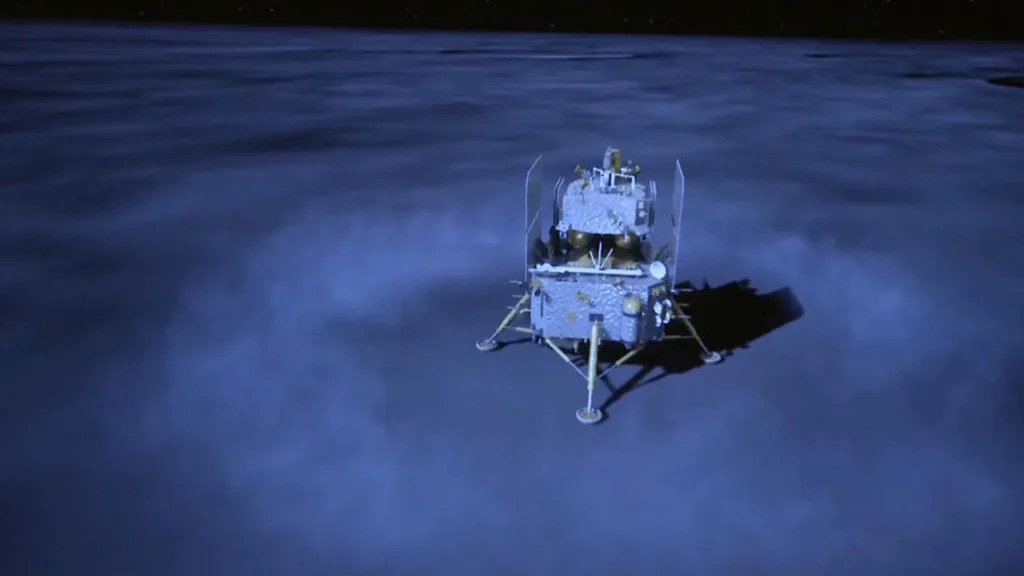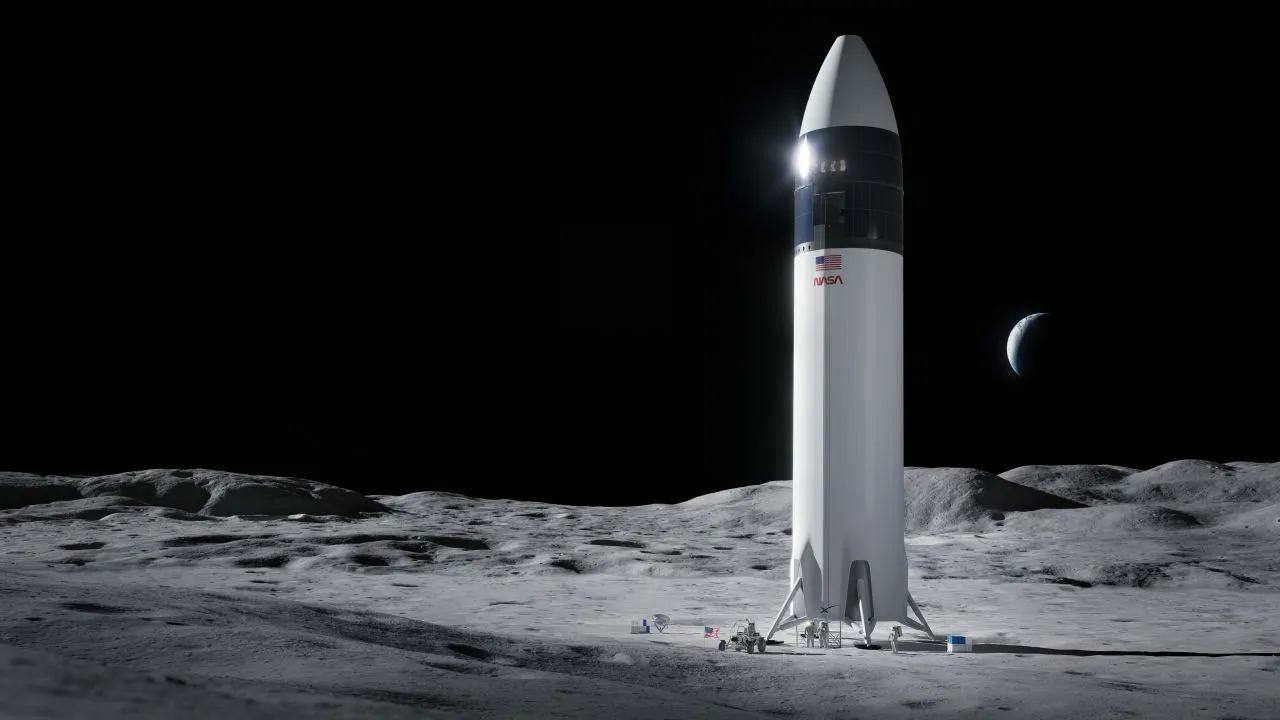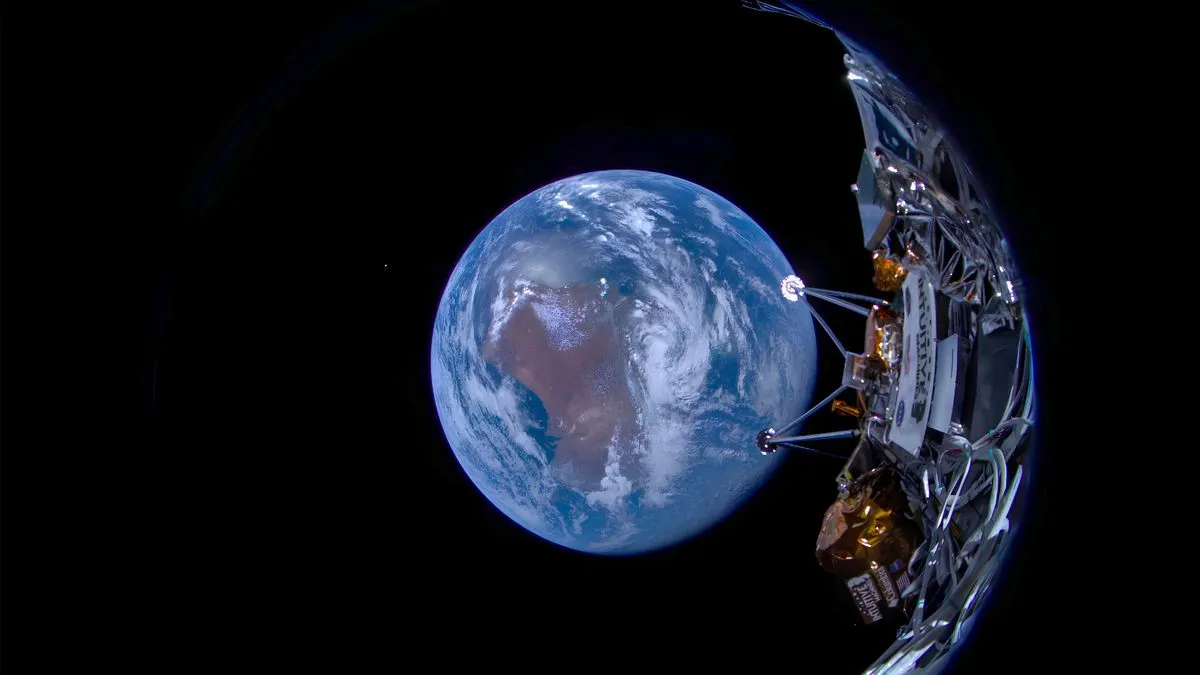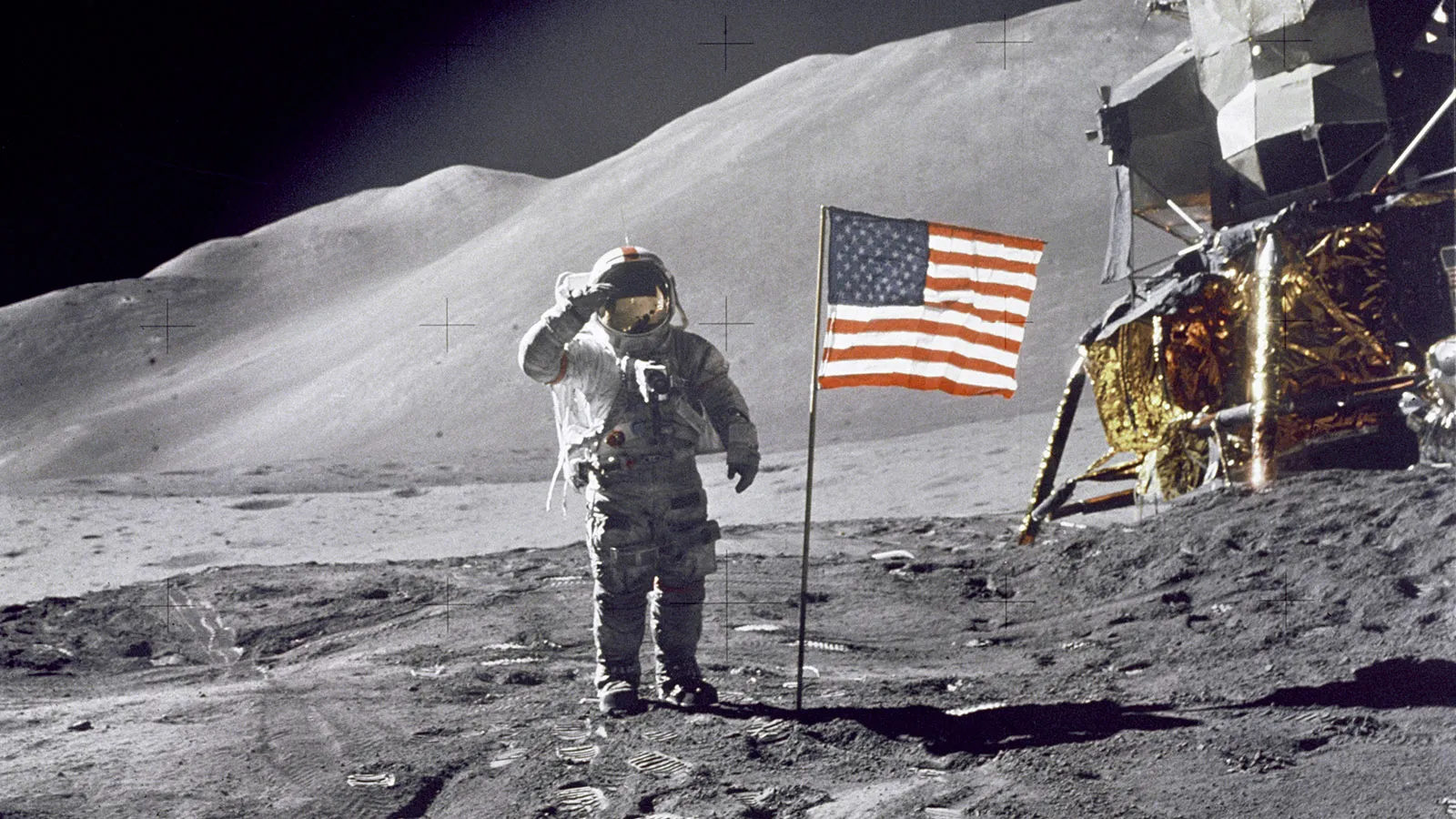
In a historic achievement, Firefly Aerospace’s Blue Ghost lander has captured a stunning image of Earth, marking a significant milestone in its mission to the moon. This breathtaking snapshot not only showcases the beauty of our planet from space but also underscores the advancements in private space travel. As part of NASA’s ambitious Commercial Lunar Payload Services program, Blue Ghost is setting the stage for future lunar exploration and scientific discovery.

Revolutionizing Lunar Missions with Private Sector Ingenuity
The latest mission by Firefly Aerospace represents a pivotal moment in space exploration. Contracted by NASA, Firefly’s Blue Ghost lander is currently executing orbits around Earth, preparing for a groundbreaking lunar landing. This mission is particularly notable as it involves significant private sector participation under NASA’s program, which has allocated $2.6 billion in contracts to propel lunar science and exploration.
During a recent engine burn—the second of its kind and a critical step towards achieving lunar orbit—Blue Ghost captured the now-viral image of Earth. “The moment that we completed the maneuver was really special for everybody. I don’t think anybody quite believed what they were looking at for the first few seconds,” shared Ryan Cole, the engine manager at Firefly Aerospace, reflecting on the successful operation.
The Journey to the Lunar Surface
Blue Ghost’s journey is not just a technological feat but a carefully choreographed dance of physics and engineering. After two more weeks of orbiting Earth, the spacecraft will undergo a Trans Lunar Injection, a crucial maneuver that will set it on a direct path to the moon, located some 239,000 miles away. The mission’s timeline is precise, with the lander expected to spend four days traveling to the moon, followed by 16 days in lunar orbit. The targeted landing date on the lunar surface is March 2, an event that promises to add a new chapter to human space exploration.

Challenges and Opportunities Ahead
Landing on the moon poses unique challenges, especially in the absence of atmospheric drag and GPS systems to aid in navigation. However, these hurdles also present opportunities for innovation and testing new technology in harsh environments. The Blue Ghost lander carries ten experiments for NASA, aimed at paving the way for regular moon missions and the upcoming Artemis expeditions, which are set to include astronauts by 2027 or later.
A Collaborative Effort in Space Exploration
Firefly Aerospace’s mission is part of a larger movement involving various stakeholders in the space industry. Sharing its January 15 launch with Japan’s ispace Resilience lander, the mission highlights the growing international and commercial collaboration in space missions. This collective effort not only enhances our understanding of space but also ensures a sustainable and inclusive approach to exploring our solar system.

In conclusion, Firefly Aerospace’s Blue Ghost mission is more than just a trip to the moon; it’s a testament to human ingenuity and the relentless pursuit of knowledge. Each milestone achieved and every image captured not only brings us closer to our celestial neighbor but also brings into focus the Earth, reminding us of our shared responsibility to explore and protect our home planet. As we look forward to the landing on March 2, the world watches with bated breath, eager to witness the next great leap in lunar exploration.
